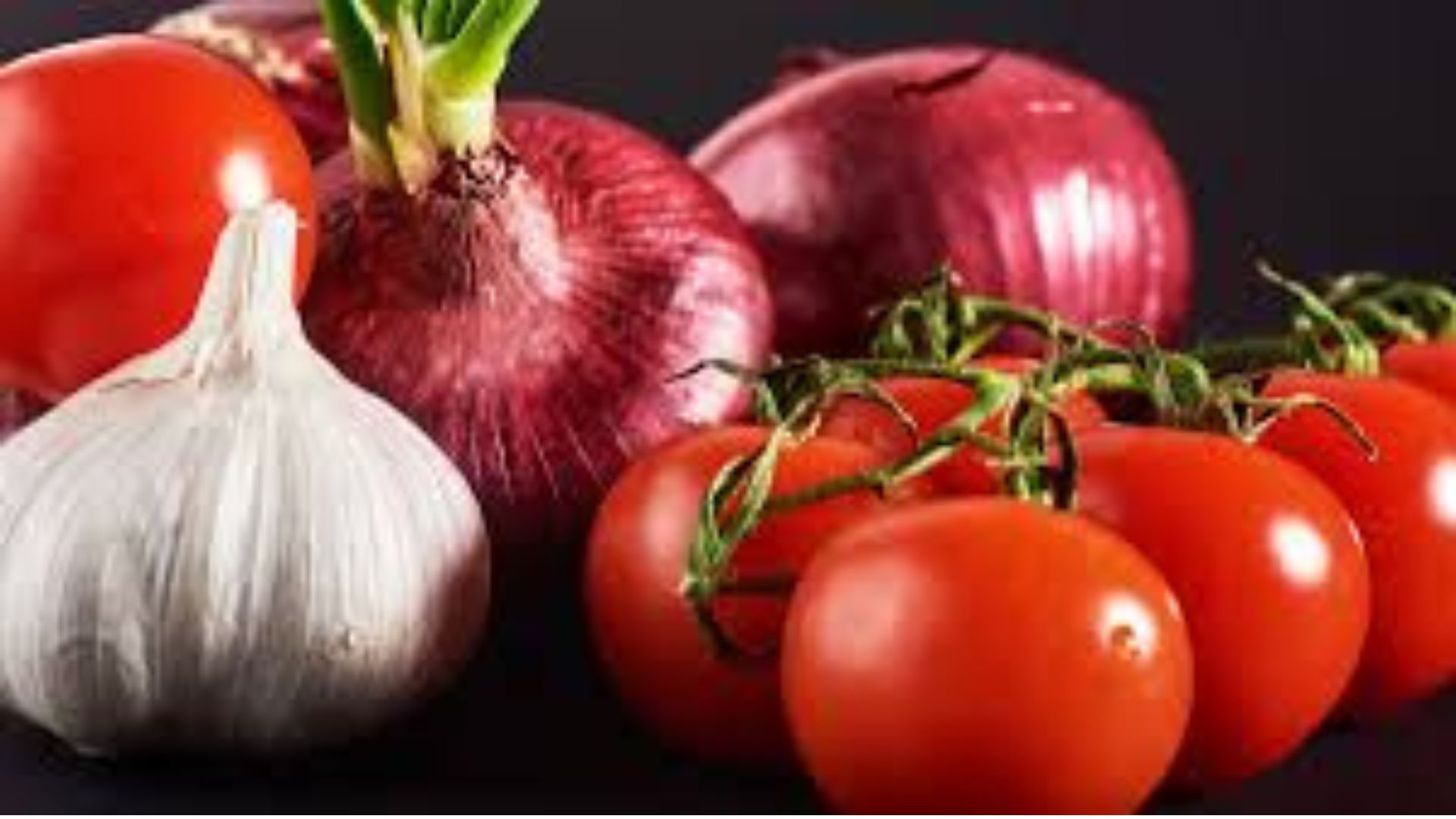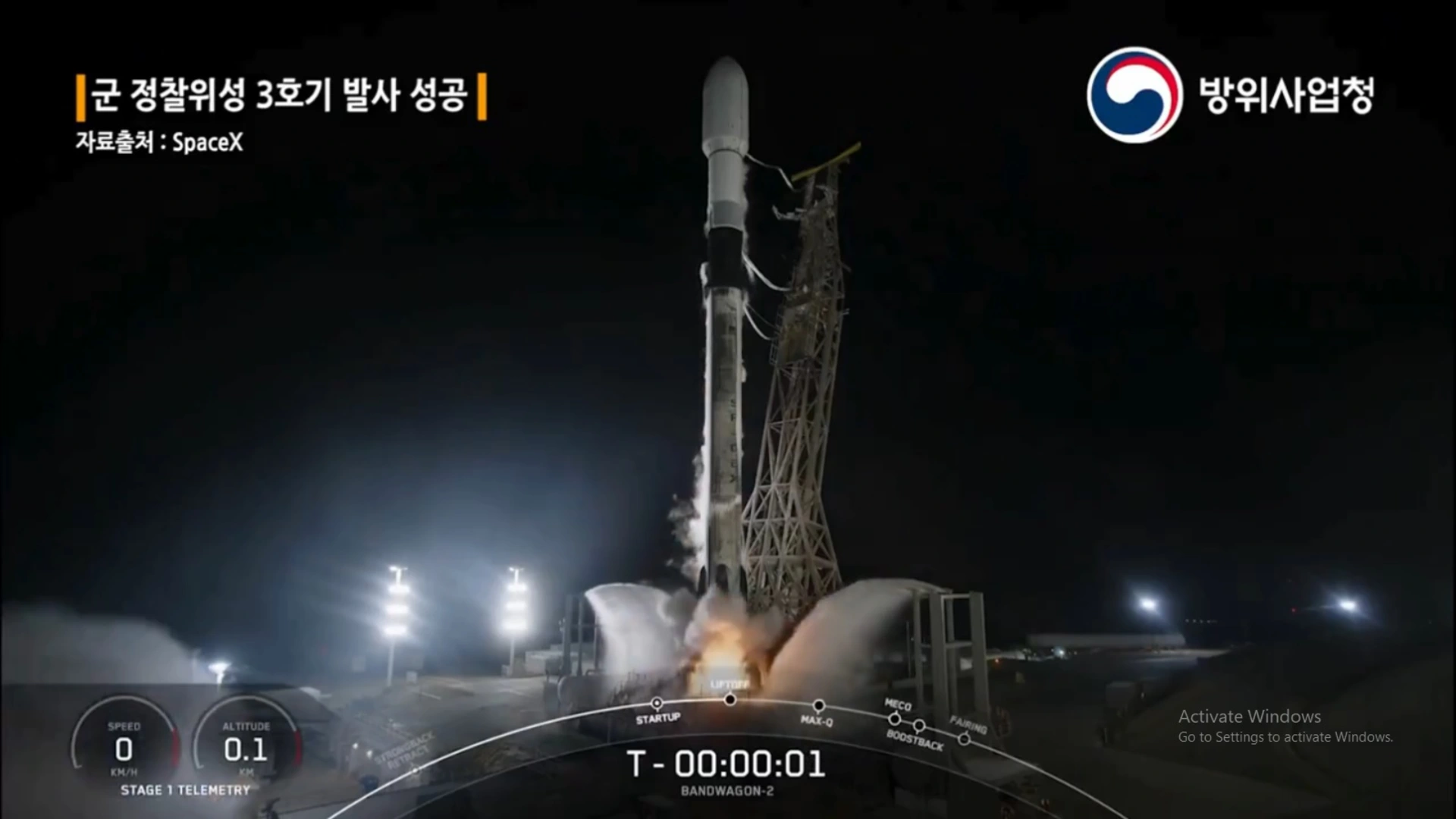Retail inflation in India is expected to surpass the Reserve Bank of India’s (RBI) upper tolerance band of 6% in October, according to a recent report by Union Bank of India (UBI). The report cites continued escalation in food prices and the waning impact of the high base effect as primary drivers for the expected increase, projecting Consumer Price Index (CPI) inflation to hit 6.15%.
Retail Inflation Data Awaited
The official CPI data for October is set to be released on Monday evening. In September, India’s retail inflation stood at 5.49%, up from 3.65% in August, with the rise attributed mainly to higher food prices. This marks a significant jump, with inflation last exceeding the 6% threshold in August 2023.
Monetary Policy Concerns
The UBI report highlighted concerns regarding the inflation trajectory, noting that while the RBI had anticipated a temporary “hump” in October inflation, the extent of the spike might be larger than expected. The report suggests that elevated inflation readings could continue into November, making a rate change in the December policy review unlikely.
“We maintain our forecast of no rate changes in December, with a potential 50 basis points rate cut cycle starting in February 2025,” the report added.
The rebound in food prices, particularly vegetables and edible oils, has been a significant contributor to the recent inflation uptick. Looking ahead, the report noted that the upcoming Kharif harvest season and progress in Rabi sowing will be critical indicators for future price movements.
UBI’s outlook suggests that food inflation may start to ease in the January-March quarter of the current financial year. The typical seasonal drop in food prices during winter, combined with favorable prospects for Rabi crops, could help normalize headline inflation levels.
The report warned of potential upside risks to inflation, including possible disruptions in food supply, imported inflation from edible oils, and trade tariff impacts. Policymakers are closely monitoring these factors, aiming to steer retail inflation towards a sustainable 4% target.
In a bid to curb inflation, the RBI has maintained the repo rate at an elevated 6.5%. The repo rate is the interest rate at which the central bank lends to commercial banks, serving as a key tool in controlling inflation.







